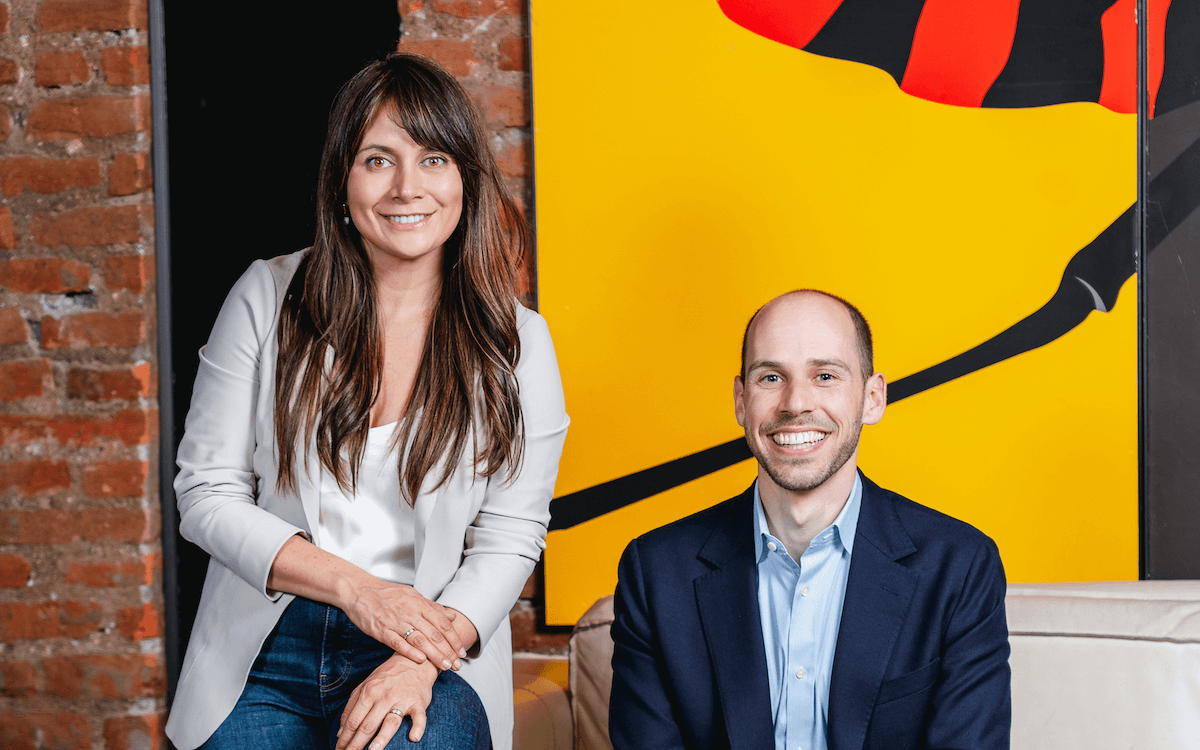The term “unicorn” was coined by Aileen Lee of Cowboy Ventures to describe private companies that have achieved a post-money valuation of $1 billion or more. Originally, these companies were scarce, magical and elusive. According the CrunchBase Unicorn Leaderboards, there were 191 unicorns as of August 31.
In my impact investing practice at ImpactAssets and in the graduate class I teach at USC’s Marshall School of Business, I describe an “impact unicorn” as a company that is positioned to achieve a market rate of financial return AND high levels of impact.
Impact unicorns achieve strong financial returns because of, not in spite of, their impact theses. Population growth, income inequality, climate change and other social and environmental factors are shaping our world. The private sector has a major role to play (and returns to make) in ameliorating these intractable challenges by investing in ventures that are consistent with our values.
Upper Right
The impact investing field has often used the Monitor Institute framework of “impact first” and “financial first” to categorize the investment orientation of companies and funds. While a bit reductive, this framework has persisted since its introduction in 2009. According to it, investments that seek to maximize impact with a financial floor are called “impact first.” Those that seek to maximize financial impact with an impact floor are deemed “financial first.” Implied by this framework is a tradeoff between financial and impact returns.
Recent studies from Cambridge Associates, GIIN and the Wharton School of Business indicate that impact-focused venture capital investments can achieve market rate returns. But, what about the measurement of their impact returns? Can investors have their cake (financial returns) and eat it, too (impact returns)?
Impact investments may fit in a 2×2 matrix. Impact first and financial first are in the upper left and lower right quadrants, implying a tradeoff. In the lower left quadrant, we have deals with suboptimal financial and impact returns—an investor wouldn’t make these types of investments. In the upper right quadrant, we have those investments that achieve risk-adjusted rates of financial returns and strong social and environmental impact. These are the “Impact Unicorns.”
Early Examples
In five years as Chief Investment Officer of ImpactAssets, I have had the opportunity to see many investment funds and impact ventures that have delivered a very strong combination of financial and impact returns. In building a private debt and equity platform for ImpactAssets, we have largely, but not exclusively, added funds that invest in impact unicorns. These include funds from firms such as Better Ventures, Core Innovation Capital, Elevar Equity, MicroVest, Sarona and SJF Ventures. To bring the impact unicorn to life, let’s explore some examples.
- Elevar Equity, from their third venture capital fund, invested in Varthana, an affordable private school finance company in India. Only 260 million of the 400 million school-aged children in India are enrolled in school. Neighborhood private schools are cropping up, but they need growth capital to scale–this is the gap filled by Varthana. Today, Varthana has improved over 2,000 schools, impacting over 800,000 students, exemplifying Elevar’s approach to “human centric venture capital.” While there hasn’t been a realized exit to date, the company has received further financing rounds at increased valuations.
- An impact unicorn that has already seen an exit is NexTracker. This company, a DBL Partners venture investee, makes solar tracker systems, serving clients in Asia, Europe, and North and South America. NexTracker sold to Flextronix for $330 million just 21 months after the company’s founding and DBL’s investment. To date, the company has created 4.8GW of solar energy through its projects, offset 1,226,121 tons of CO2 emissions, powered 920,629 homes and planted 2,465,756 trees.
- A portfolio company of Core Innovation Capital is Oportun, which uses alternative credit scoring methodologies to reveal the debt worthiness of those unserved or underserved by the traditional banking sector. As of June 30, 2016, Oportun has deployed $2.6 billion in loans to over 770,000 people, mostly to low-to moderate-income clients. The company has received over $265M of equity funding through lead venture capital investors such as Charles River Ventures and Madrone Capital Partners.(2) Last year, the Wall Street Journal suggested that the firm could be worth close to $1B should it pursue an IPO.
The truth is that many times as investors we can’t have our cake and eat it too. There may be some investments focused on high impact geographies (emerging and frontier markets), certain investment stages (seed- and early-stage entrepreneurs in the “Pioneer Gap”) and specific constituencies (folks at the bottom of the pyramid) that require a tradeoff in financial returns. Maybe these impact enterprises need grant capital at inception or perhaps they require concessionary funding to de-risk them to a point where more commercial rate capital can be attracted.
Of course, impact unicorn enterprises aren’t unequivocally better than, say, impact first ventures. But they do indeed fly in the face of the financial tradeoff debate.
An earlier version of this article appeared on SOCAP16, the blog of the Social Capital Markets conference, which convened last week in San Francisco. Reprinted with permission.












